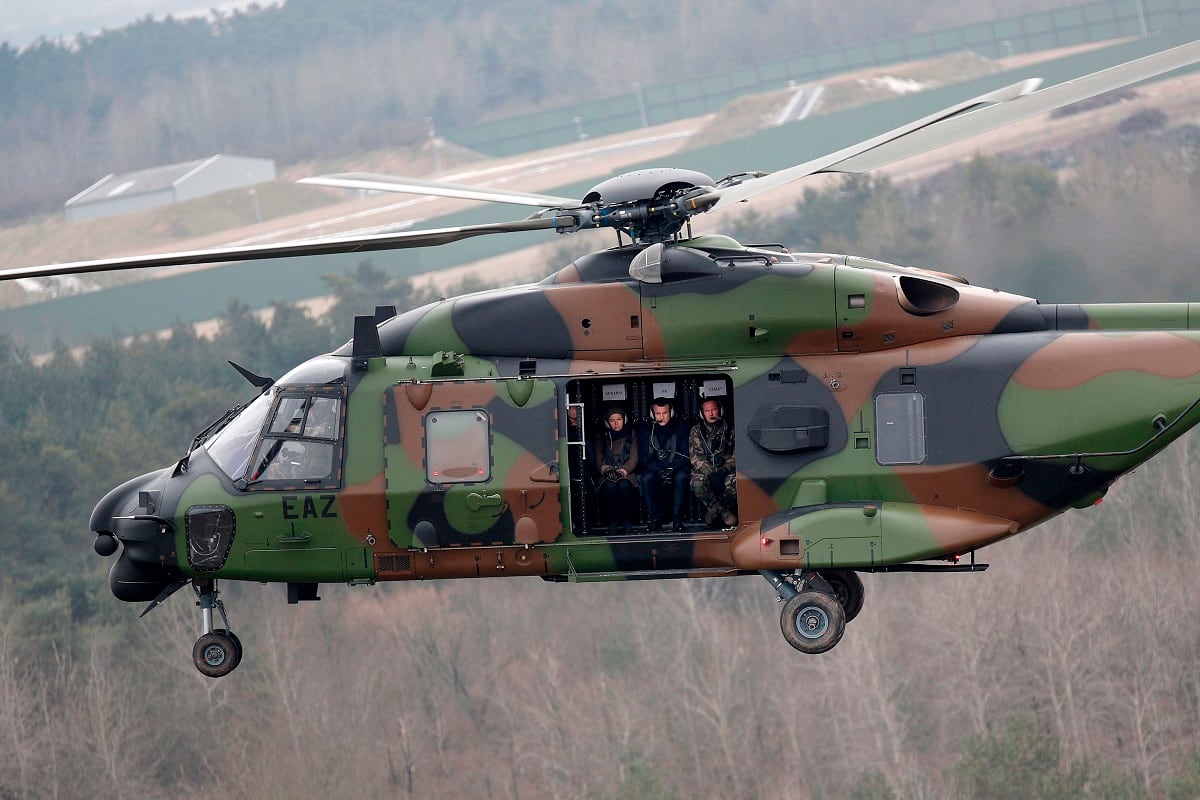PARIS — France is steering a new course in defense spending by increasing funding for concept and feasibility studies for future weapons to €2.8 billion (U.S. $3.4 billion), analysts have said.
The boost includes the launch of an average annual €1.8 billion budget for concept studies for large arms programs, and raising the finance for feasibility studies to an annual €1 billion by 2022 from the present €730 million.
The funding for concept studies will apply to the future fighter jet, battle tank and a successor to the Charles de Gaulle aircraft carrier, according to Armed Forces Minister Florence Parly, who during a March 20 presentation of the draft 2019-2025 military budget law to the lower house National Assembly.
“With this draft law, we are preparing the future by committing to the preparatory stages of large arms programs, which will structure the future of our forces,” she said.
This ”real change in direction” for studies geared toward future programs will also be tied to other European countries, according to Fabrice Wolf, a defense economics analyst. France is partnering with Germany on a future fighter jet and a tank, as well as teaming with Britain on a combat UAV, although the latter is in suspension due to Britain’s exit from the European Union.
“France has a great deal of know-how — although that is not widely known — while Germany has a good image, particularly in armored vehicles such as the Leopard 2 tank,” he said. If the higher spending in feasibility studies is respected, that prepares the ground for acquisition of equipment from 2025 and onward.
RELATED

“It’s important,” said a defense specialist, who spoke on condition of anonymity. “The studies will look into concept and architecture rather than technology.”
Alongside support for concept studies, there is exploration of technology through the feasibility studies.
There is a conservative approach in arms procurement, with program directors advised to take “no risk” and steered toward “existing and proven technology,” the specialist said.
It is difficult to kick off feasibility studies without the launch of a program, but the whole point of those studies is to explore the options for future programs rather than support existing projects, the specialist explained. The present approach of drawing on “today rather than tomorrow technology” risks leading to delivering obsolete weapons once they undergo several years of development and production.
That support stems from President Emmanuel Macron’s drive to “believe in the future,” the specialist said. There is a readiness to invest and take risk, reflecting an optimism in the economy similar to the spirit found in the U.S.
Perhaps the budget for concept studies will include some level of development, with funding for work to the technical readiness level, said Jean-Pierre Maulny, deputy director of the think tank Institut des Relations Internationales et Stratégiques.
“The parameters are not known,” he said.








